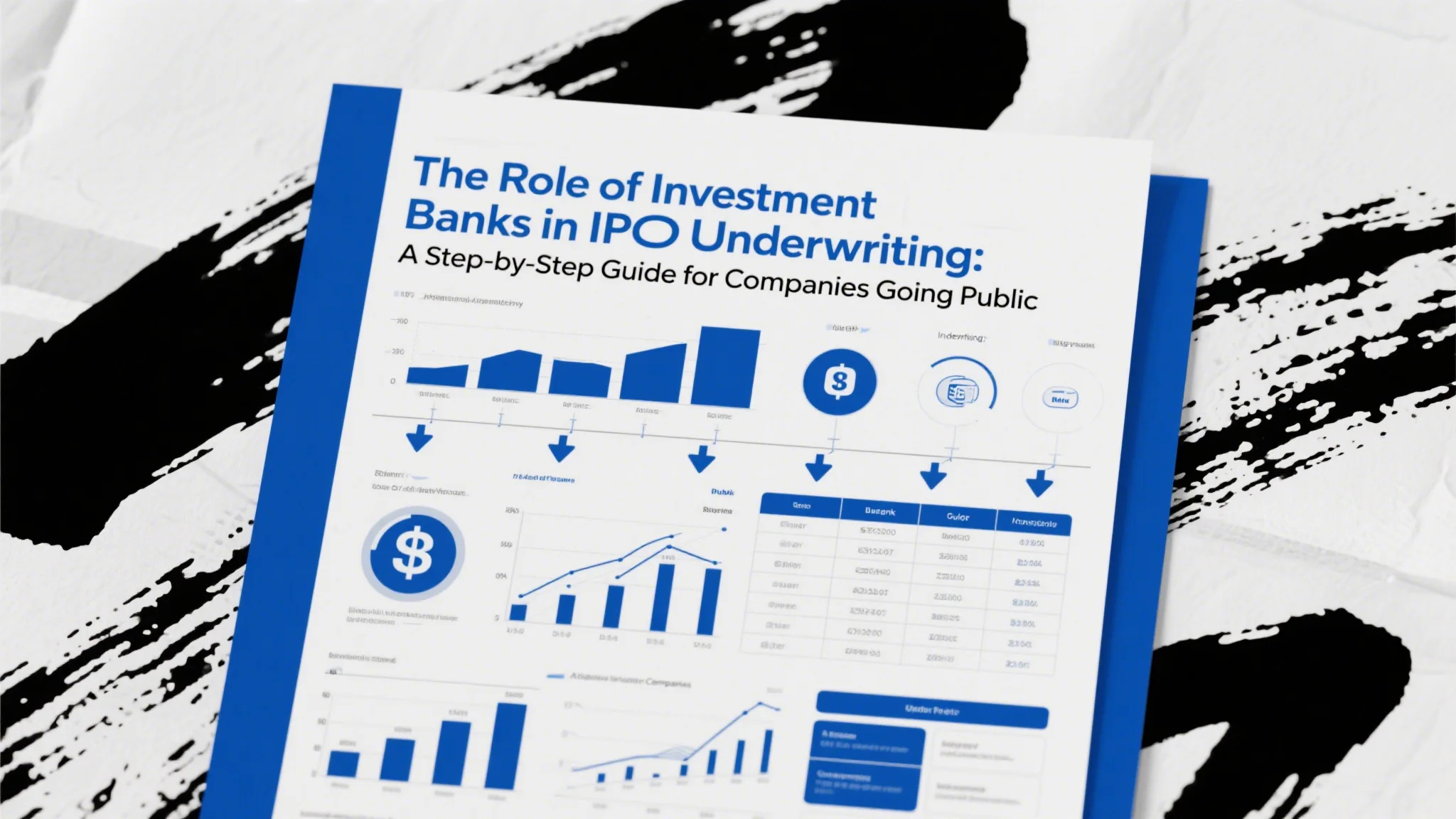The financial world is undergoing a seismic shift, and at the epicenter of this transformation is the rise of fintech lenders. These innovative financial technology companies are challenging the long-standing dominance of traditional banks by introducing cutting-edge solutions, particularly in the realm of credit underwriting. With the advent of artificial intelligence (AI), fintech lenders are not only streamlining the credit approval process but also democratizing access to credit for individuals and businesses who have historically been underserved by traditional banking systems.
Traditionally, banks have relied on manual underwriting processes that can be time-consuming, error-prone, and biased. These processes often favor established borrowers with a long credit history, leaving many small businesses and consumers on the sidelines. Fintech lenders, however, are leveraging AI to create more dynamic, data-driven, and inclusive credit underwriting models. By harnessing the power of machine learning, big data, and real-time analytics, fintech lenders are able to assess creditworthiness more accurately and efficiently, unlocking new opportunities for borrowers who have been overlooked by traditional banks.
One of the key advantages of AI underwriting is its ability to process vast amounts of data quickly and effectively. Unlike human underwriters, who may be constrained by subjective biases or limited information, AI algorithms can analyze thousands of data points, including non-traditional metrics such as transaction history, social media activity, and even alternative credit scores. This holistic approach allows fintech lenders to paint a more comprehensive picture of a borrower’s financial health, reducing the risk of errors and enabling faster decision-making.
For example, consider a small business owner who has a limited credit history but a strong track record of consistent cash flow from their business. A traditional bank may reject their loan application due to a lack of established credit, but a fintech lender using AI underwriting might take a different approach. By analyzing the business’s financial transactions, inventory management, and customer relationships, the AI system can identify patterns that indicate stability and reliability. This level of granularity is often lost in the traditional underwriting process, where decisions are often based on a narrow set of criteria.
Another significant benefit of AI underwriting is its ability to reduce lending costs and, consequently, the interest rates passed on to borrowers. Traditional banks have high overhead expenses due to their reliance on physical branches, manual processes, and large teams of underwriters. Fintech lenders, on the other hand, operate primarily online, leveraging automated systems to handle everything from loan applications to credit decisions. This digital-first approach not only makes lending more efficient but also allows fintech lenders to offer more competitive terms to their customers.
Moreover, AI underwriting is not static. It continuously learns and adapts as it processes more data, improving its accuracy and predictive capabilities over time. This iterative process ensures that fintech lenders stay ahead of market trends and can respond more quickly to changing economic conditions. For instance, during the COVID-19 pandemic, many traditional banks struggled to adapt their underwriting criteria to accommodate the financial disruptions faced by borrowers. Fintech lenders, however, were able to pivot more effectively by adjusting their AI models to prioritize metrics such as cash flow stability and government relief payments, ensuring that credit remained accessible even in uncertain times.
As a result of these advancements, fintech lenders are not just disrupting the traditional banking model—they are redefining what it means to access credit. By combining speed, accuracy, and inclusivity, AI underwriting is making it possible for more people and businesses to achieve their financial goals, whether it’s funding a startup, expanding a small business, or purchasing a home.
The rise of AI underwriting in fintech lending represents a paradigm shift in the way credit is evaluated and granted. While traditional banks have long relied on outdated systems and rigid criteria, fintech lenders are embracing innovation to create a more equitable and efficient lending ecosystem. This shift is not just about technology; it’s about reimagining the relationship between borrowers and lenders, putting power back into the hands of consumers.
One of the most significant ways AI underwriting is disrupting traditional bank credit lines is by eliminating biases that can creep into manual underwriting processes. For decades, borrowers have faced systemic barriers due to factors such as race, gender, or lack of access to traditional credit systems. AI underwriting, when implemented correctly, can mitigate these biases by focusing on objective, data-driven metrics rather than subjective human judgment. For example, an AI algorithm might assess a borrower’s creditworthiness based on their income, savings, and transaction history, rather than relying on stereotypes or assumptions.
This focus on objective criteria is not only fairer but also more accurate. Studies have shown that AI-powered underwriting systems can reduce errors and improve the overall quality of credit decisions compared to traditional methods. By analyzing a broader range of data points, AI underwriting can identify borrowers who may have been overlooked by traditional banks but still possess the financial stability and capacity to repay a loan. This approach is particularly beneficial for underserved communities and small businesses, which have historically struggled to secure financing.
Another area where fintech lenders are making waves is in the speed of credit decisions. Traditional banks often take weeks or even months to process a loan application, during which time borrowers may miss critical business opportunities or financial deadlines. Fintech lenders, however, can provide instant or near-instant decisions by leveraging AI and real-time data analytics. This speed is especially valuable in today’s fast-paced economy, where businesses need quick access to capital to stay competitive.
In addition to speed and accuracy, AI underwriting is also enabling fintech lenders to offer more personalized loan products. By analyzing a borrower’s unique financial situation, AI can recommend tailored loan terms, such as variable interest rates or flexible repayment plans, that align with their specific needs and goals. This level of personalization is difficult to achieve with traditional lending models, which often offer a one-size-fits-all approach.
Despite these advantages, it’s important to acknowledge the challenges and risks associated with AI underwriting. One major concern is the potential for algorithmic bias, which can occur if the data used to train the AI models contains inherent biases. For example, if historical lending data shows a disproportionate denial of loans to certain groups, an AI system trained on this data may inadvertently replicate these biases. To address this issue, fintech lenders





